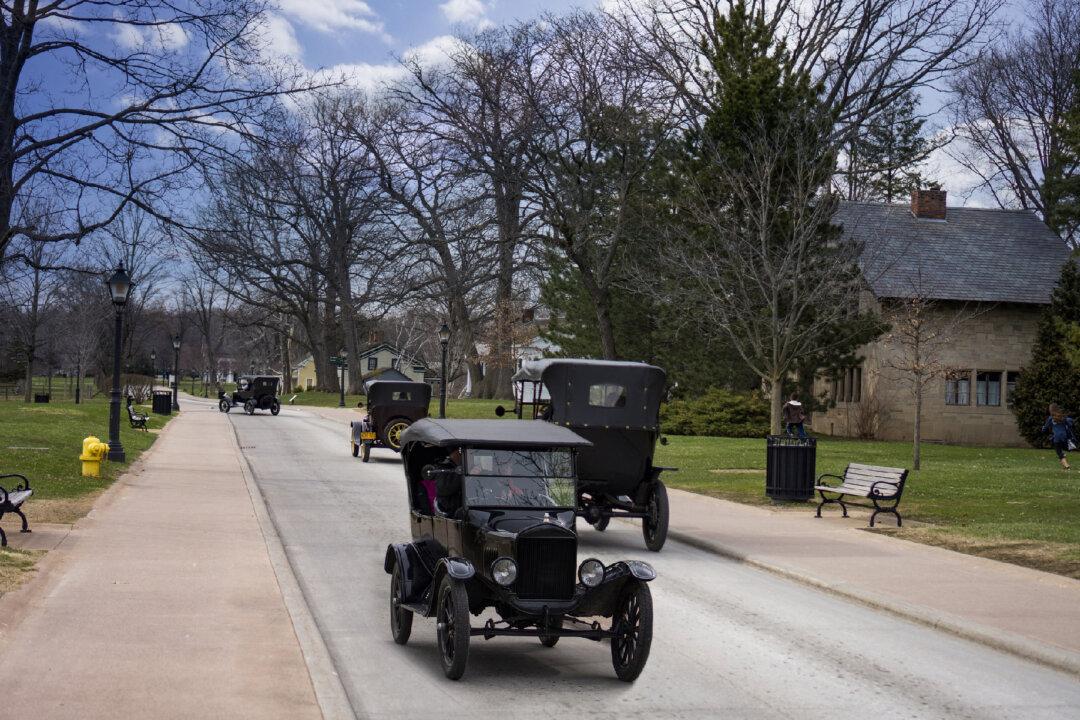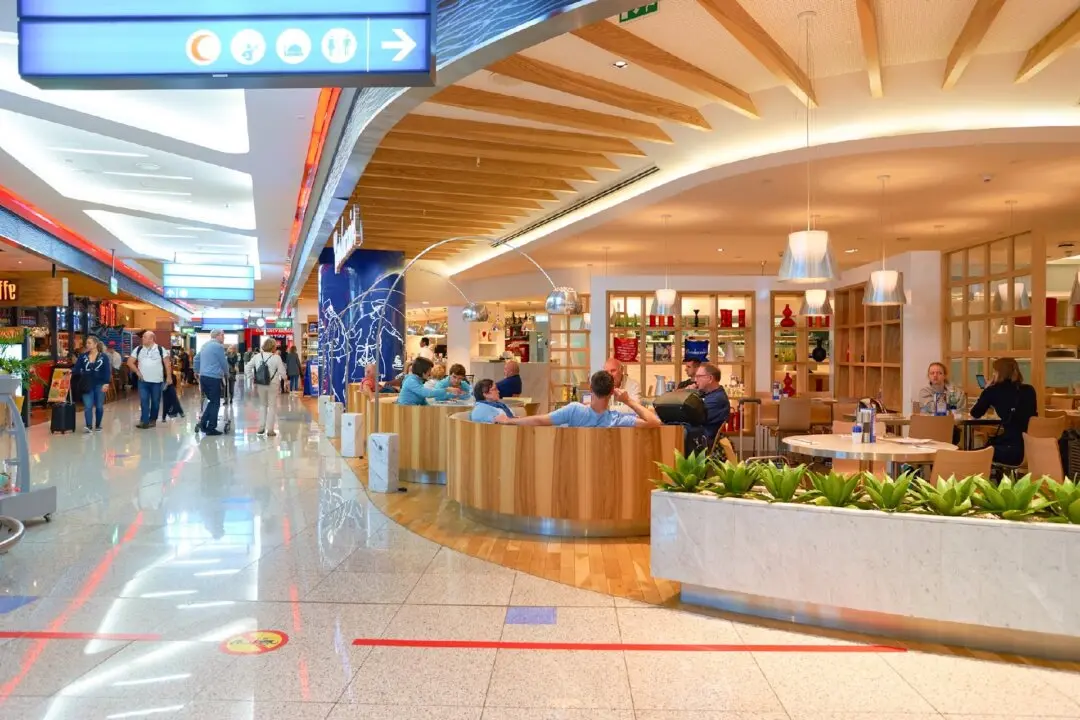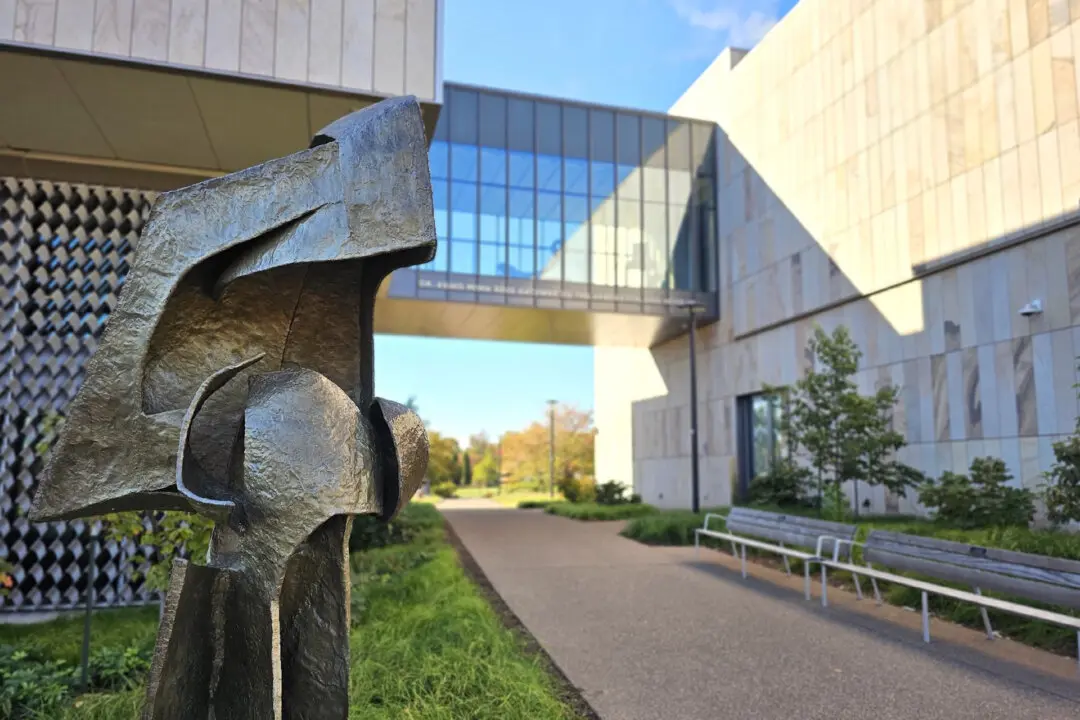Talk about new dining experiences! World travelers Ron and Debbie Newmark have sampled countless cuisines in a variety of settings, but nothing like the meal served at the Bors Hede Inne.
First, they were treated to “genteel lavering” (hand-washing). Then they received “trenchers”—half-loaves of bread that doubled as plates. That was followed by dishes prepared from medieval recipes, which they consumed as a minstrel sang songs that traced their origins back to feudal times.





